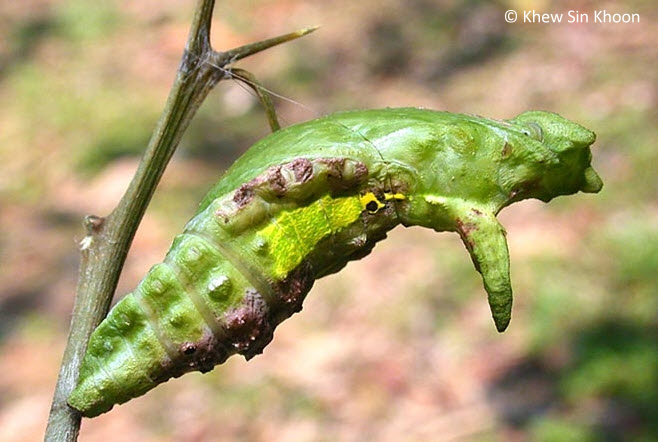Papilio demolion demolion
Banded Swallowtail
| Family: | Papilionidae |
| Subfamily: | Papilioninae |
| Genus | Papilio |
| Species: | demolion |
| Subspecies: | demolion |
| Common Name: | Banded Swallowtail |
| Wingspan: | 90-100 mm |
| Status: | Uncommon |
| Life History: | complete |
| Extant in countries: | •Singapore |
| Hostplants: |
Description
The Banded Swallowtail has black wings with a pale greenish macular band extending from the apex of the forewing to the mid-dorsum of the hindwing. The hindwing has a series of pale greenish lunulate submarginal spots and a black ocellus ringed with orange-red at the tornal angle. There is a long spatulate tail at vein 4.
Habitat & Habits
The butterfly is a fast flyer and can be found in the nature reserves, zooming up and down sunlit paths. It can often be found flying from flower to flower, Ixora and Lantana are the favourites. In Singapore, so far it is not encountered the males of this species puddling (feeding on damp ground), which is the typical behaviour of male Papilionidae of the genus. The eggs of the Banded Swallowtail are laid one on top of the other to form a "string".
Other Observations
To be detailed.
Early Stages
The caterpillars, when hatched, eat about half the eggshell to ensure that the string of eggs is kept intact and does not break off. This is different from the other Papilionidae where the caterpillar devours its own single eggshell upon hatching. The Banded Swallowtail's caterpillars eat and stay in a group in the early instars. For more details, refer to the ButterflyCircle's blog article - The Life History of Banded Swallowtail.
Further Reading
To be detailed.

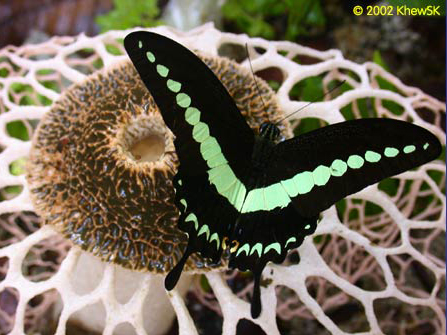
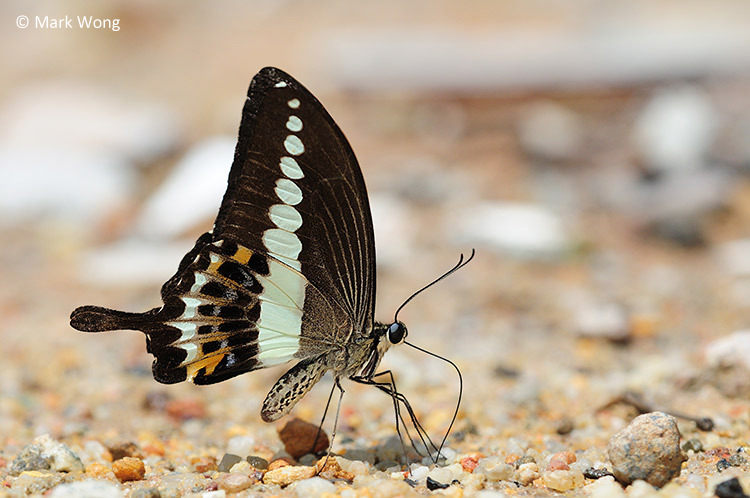
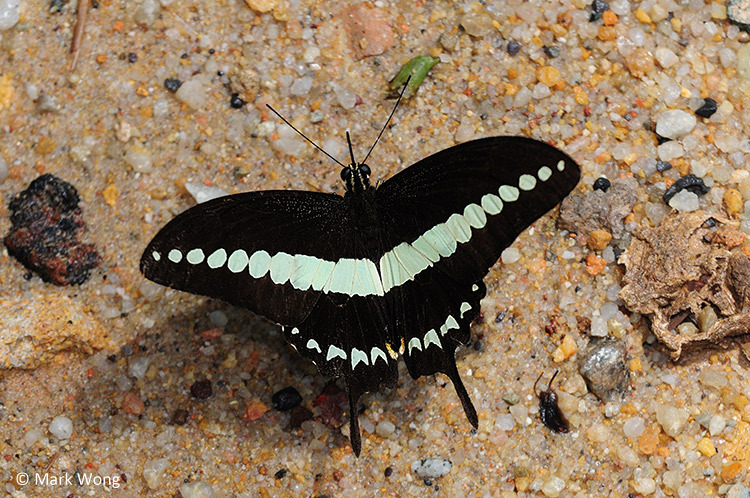
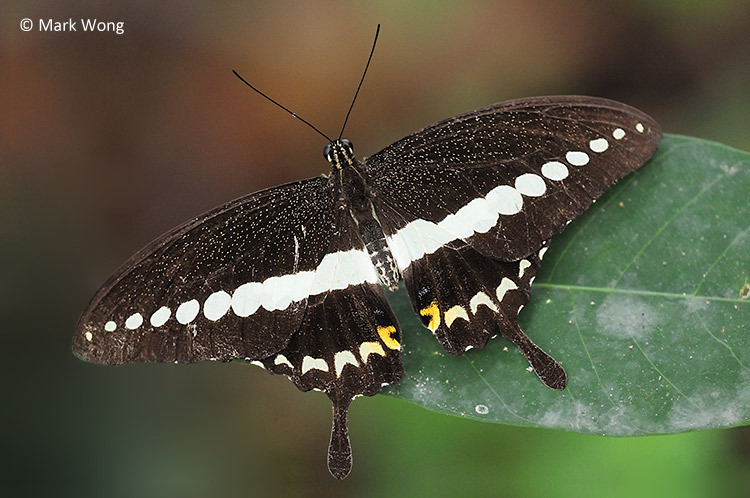
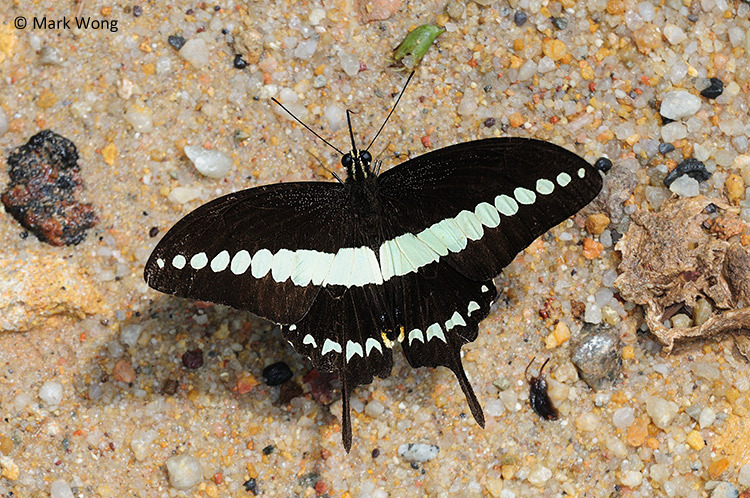
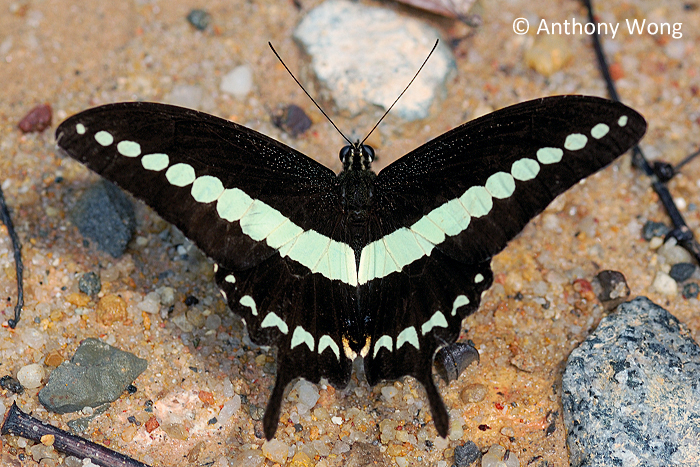
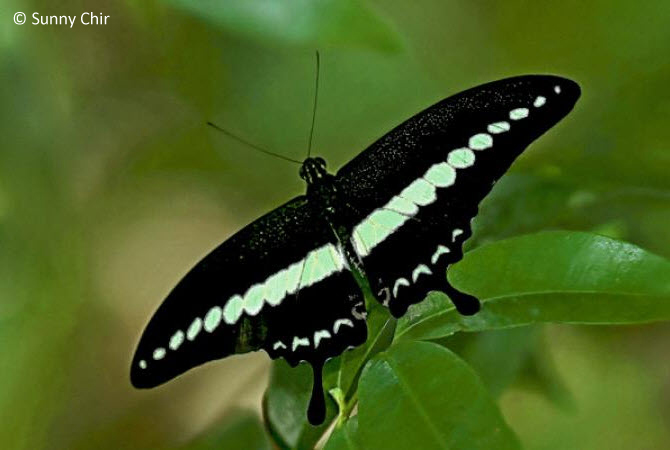
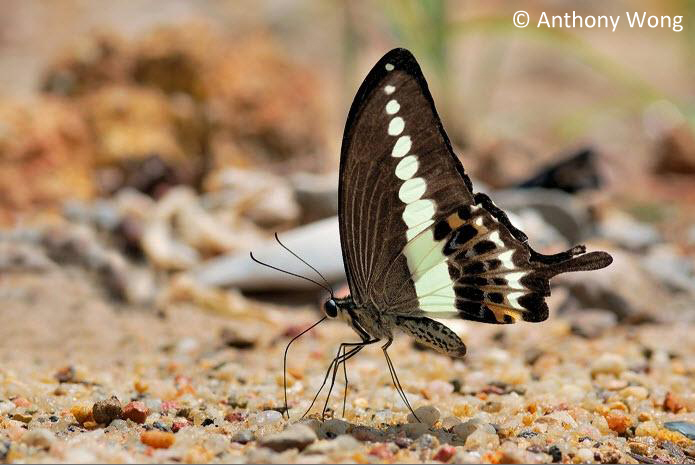
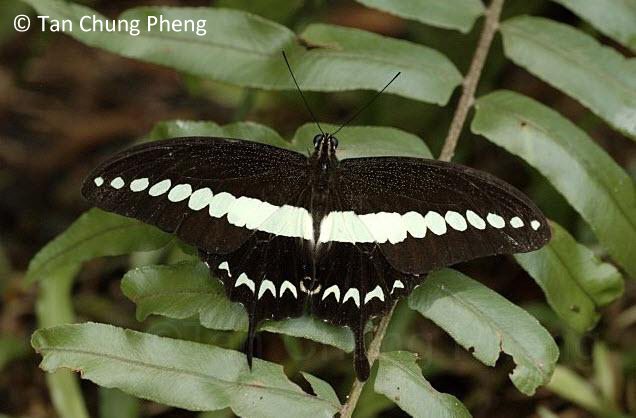
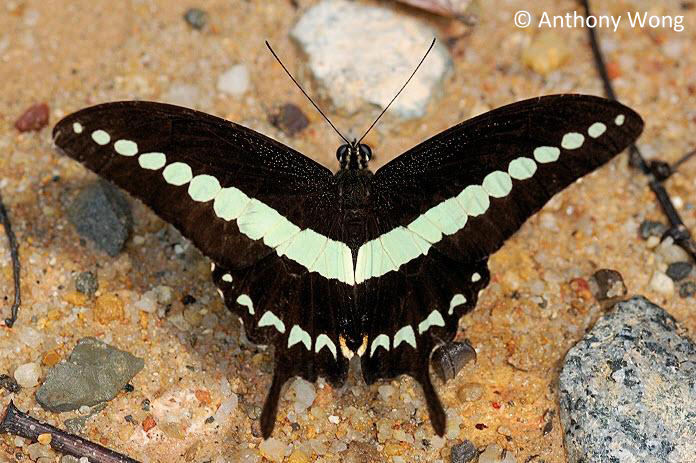
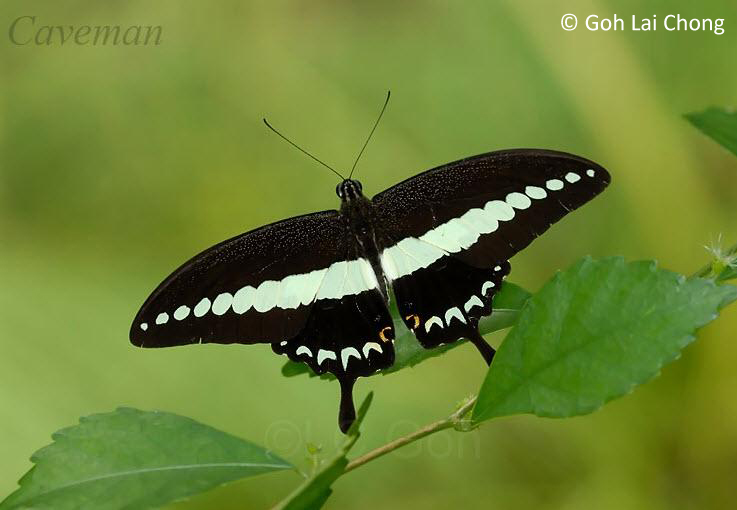
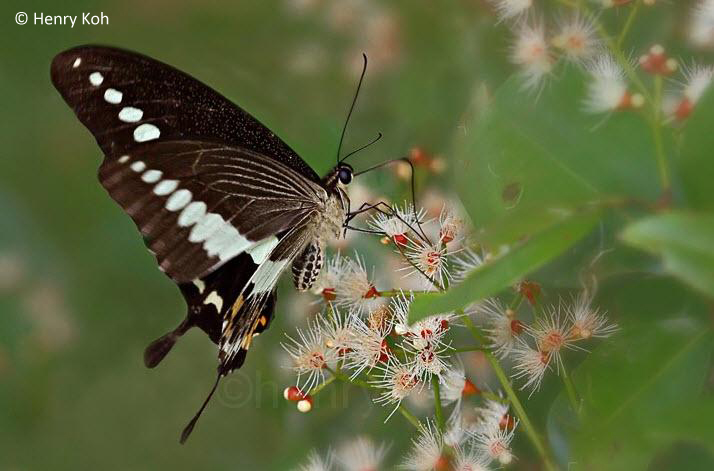
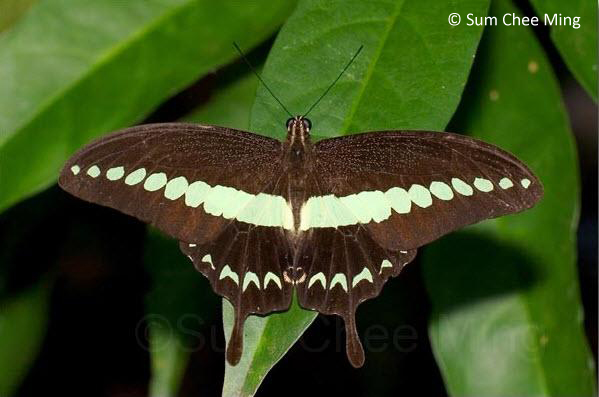
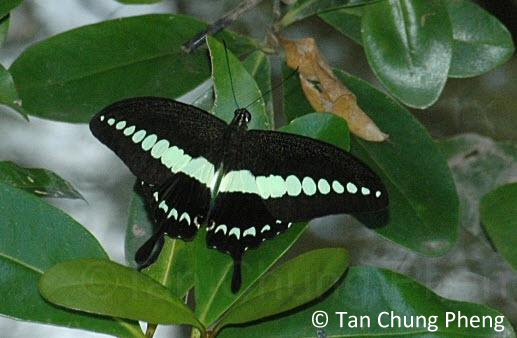














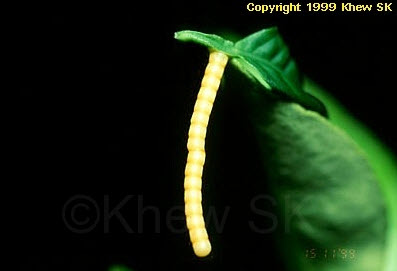
 - Khew Sk.jpg)
